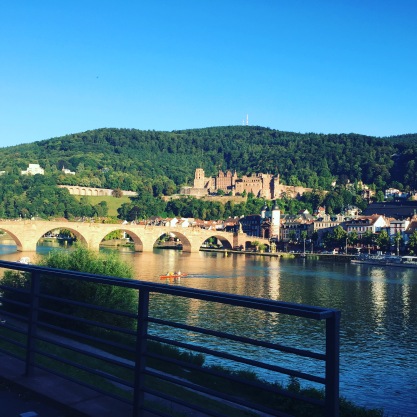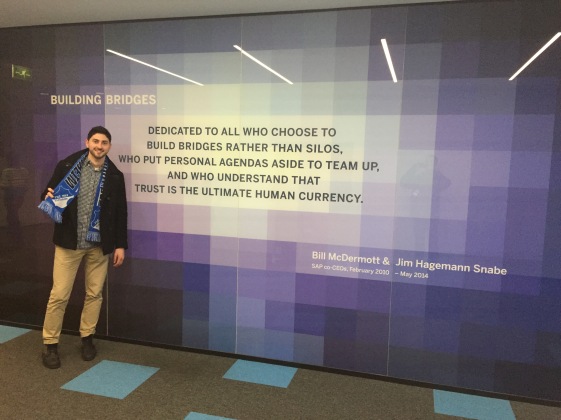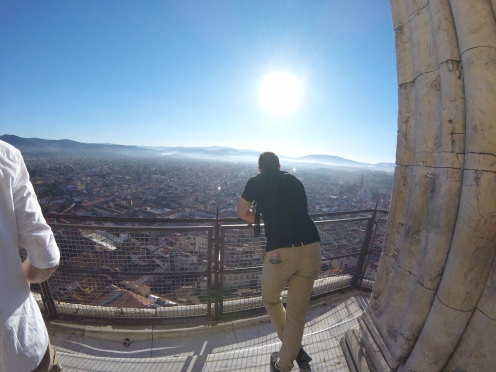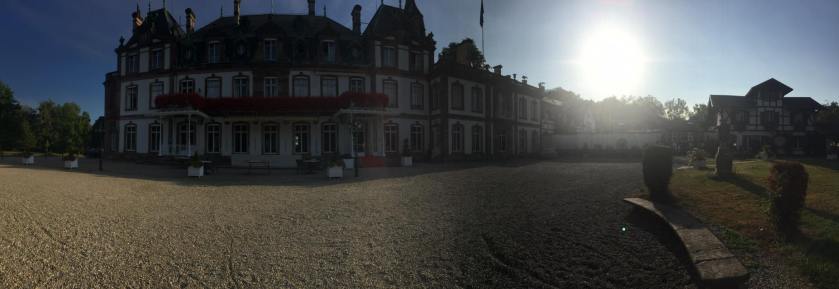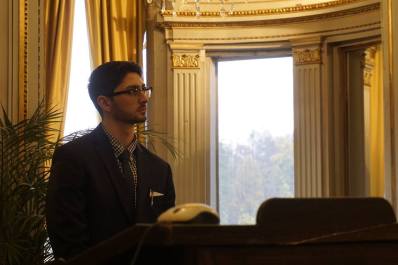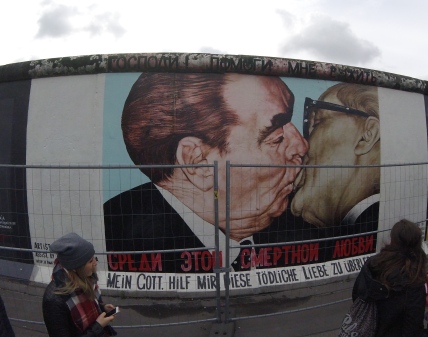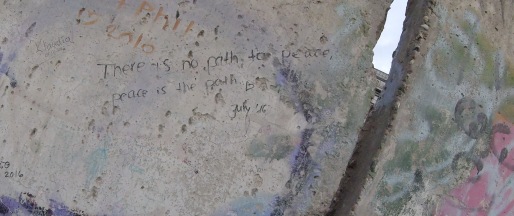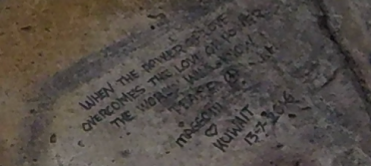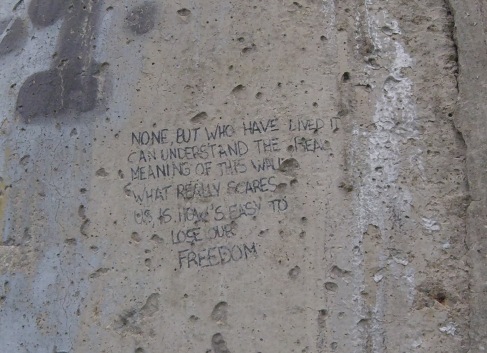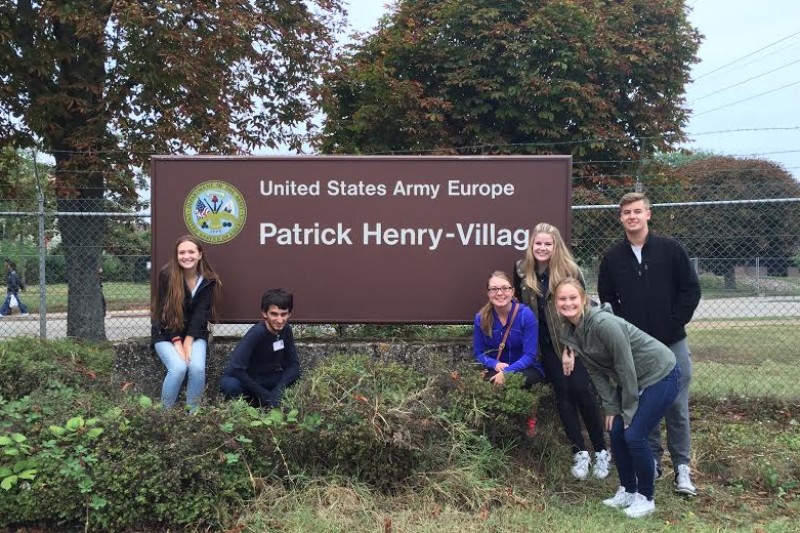This week, I passed on the program’s winery tour to spend more time with my family who came to visit me in Heidelberg. Thus, we were able to take a tour of the Heidelberg Castle, Heidelberg’s centrally located church, hop on a 3-hour boat tour to four of the castles down the Neckar, and even celebrate my sister’s 25th birthday in Germany.
During their time here, we had the chance to explore countless cafés, lunch joints, and a variety of dinner places. We came to an agreement, that it is virtually impossible to go hungry in a city like Heidelberg offering another place to indulge in the culture every few steps.
One of the afternoons I took my sister on Philosopher’s Hike. I figured, after seeing so much of the city of Heidelberg, it was time to incorporate some nature tours and hike the mountain that has been in almost every background of each picture taken. This way, when she shares the pictures with other people, she has a greater understanding of the depth of what lies beyond the two-dimensional frame.
As the weeks passed by up to this point, Heidelberg started to become my hometown where I only went out shopping to pick up groceries and other necessities. As I was traveling almost every weekend, I seemed to get caught up in a schedule when I got home to Heidelberg and stopped exploring the town I was spending most of my time in. Even the bars at night began to become repetitive. Having my family here, allowed me to take a step back and instead of being a citizen in Heidelberg, I had about four days to become a tourist again and learn more about the beautiful city I am living in.

DCIM109GOPRO

DCIM109GOPRO
Meeting up with my family in a different country was something I had never pictured myself having the opportunity to do. Acting as their personal tour guide put what I have learned about Germany to the test. Although we were touring around in the popular places, having spent so much time in Heidelberg already, I was able to steer them off the beaten path to the best restaurants I have found thus far, especially my favorite Italian restaurant for my sister’s birthday dinner.
It was nice to finally see my family in person. Overtime, face-timing does not do it justice. I am thankful they had the time to take a week and see where I have been living. In the coming years, and I’m sure even longer than that, I will be relating parts of my life back to my experiences here, and it will be nice for them to have their own memories from Heidelberg that we can share.
To be honest, it was a lot of pressure to portray Heidelberg in the best way I could in their short time here. Considering Heidelberg is one of the most beautiful and rewarding cities I have ever been to, I wanted them to love it just as I have.
Although my family can enjoy each other’s company anywhere, this city was particularly enjoyable. Before, between, and after the tours, our favorite part of the city was the fact that you could float around for hours, blending into the cobblestone streets and gradually fading into the warm and welcoming culture of Heidelberg, Germany.
To Mom, Perry, and Cailin: Thank you for coming and giving me the opportunity to share a little part of my world. I enjoyed every day you spent here and this week certainly went by far too quickly. I hope seeing the city I am now living in left your minds at ease when saying goodbye for another two months. Until then, I wish you a Happy Halloween, Happy Thanksgiving, Merry Christmas, and a Happy New Year. These holidays will not be the same without you guys. And don’t worry, I promise I will come back!
This slideshow requires JavaScript.
